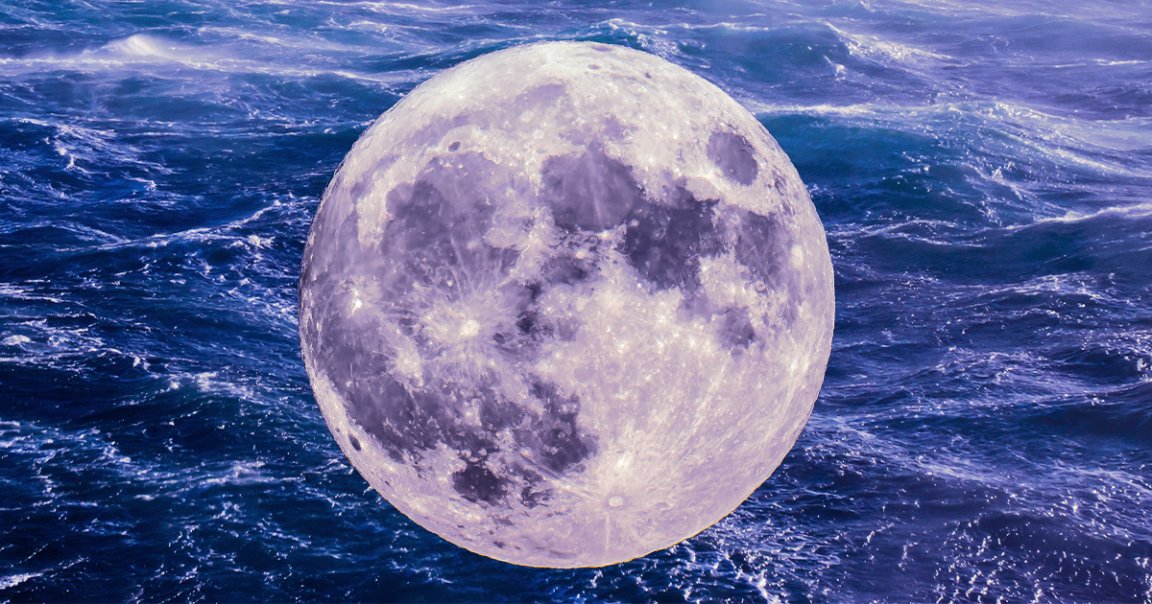
Map Attack
In a new analysis, scientists have found evidence of water basically all over the Moon.
Researchers from the Planetary Science Institute arrived at this fascinating new finding by taking a fresh look at lunar mineralogy maps, which they say show that water molecules are far more widespread than previously thought on our planet’s natural satellite.
These mineral maps, which were taken from both the near and far sides of the Moon by India’s Chandrayaan-1 spacecraft between 2008 and 2009, show that even the sunniest parts of our planet’s orbiter seem to contain water that wasn’t expected to be there.
“Future astronauts may be able to find water even near the equator by exploiting these water-rich areas,” Roger Clark, the institute’s senior scientist and the lead author of a new paper about the findings published in the Planetary Science Journal, said in a press release. “Previously, it was thought that only the polar region, and in particular, the deeply shadowed craters at the poles were where water could be found in abundance.”
Color Theory
As the Planetary Science Institute’s press release notes, Chandrayaan-1’s imaging spectrometer essentially searched for color signatures of water and hydroxyl — or OH, which contains one oxygen and one hydrogen, as opposed to the two found in H2O — in sunlight reflected from the lunar surface.
While regular cameras can only see three colors — red, blue, and green — spectrometers like the one on the groundbreaking Indian orbiter launched 16 years ago can see 85, which include both the visible spectrum and infrared.
Ultimately, the researchers found colors consistent with water and hydroxyl pretty much everywhere they looked, though there was far less found in maps from the lunar mares, or volcanic impact basins that mark the youngest parts of the Moon.
Cratergate
Even more interestingly, the PSI also found that rocks excavated from meteors that hit the Moon were richest in water — but the craters they left tended to have more hydroxyl than H2O, suggesting that once exposed, sub-surface lunar water might evaporate and leave a patina of OH behind.
“We see a lunar surface with complex geology with significant water in the sub-surface and a surface layer of hydroxyl,” Clark said. “Both cratering and volcanic activity can bring water-rich materials to the surface, and both are observed in the lunar data.”
These findings could even have implications for future lunar colonists, who may be able to heat up Moon rocks to get water.
“Knowing where water is located not only helps to understand lunar geologic history,” the senior scientist said, “but also where astronauts may find water in the future.”
More on the Moon: Earth Gaining a Temporary New Moon, Scientists Say